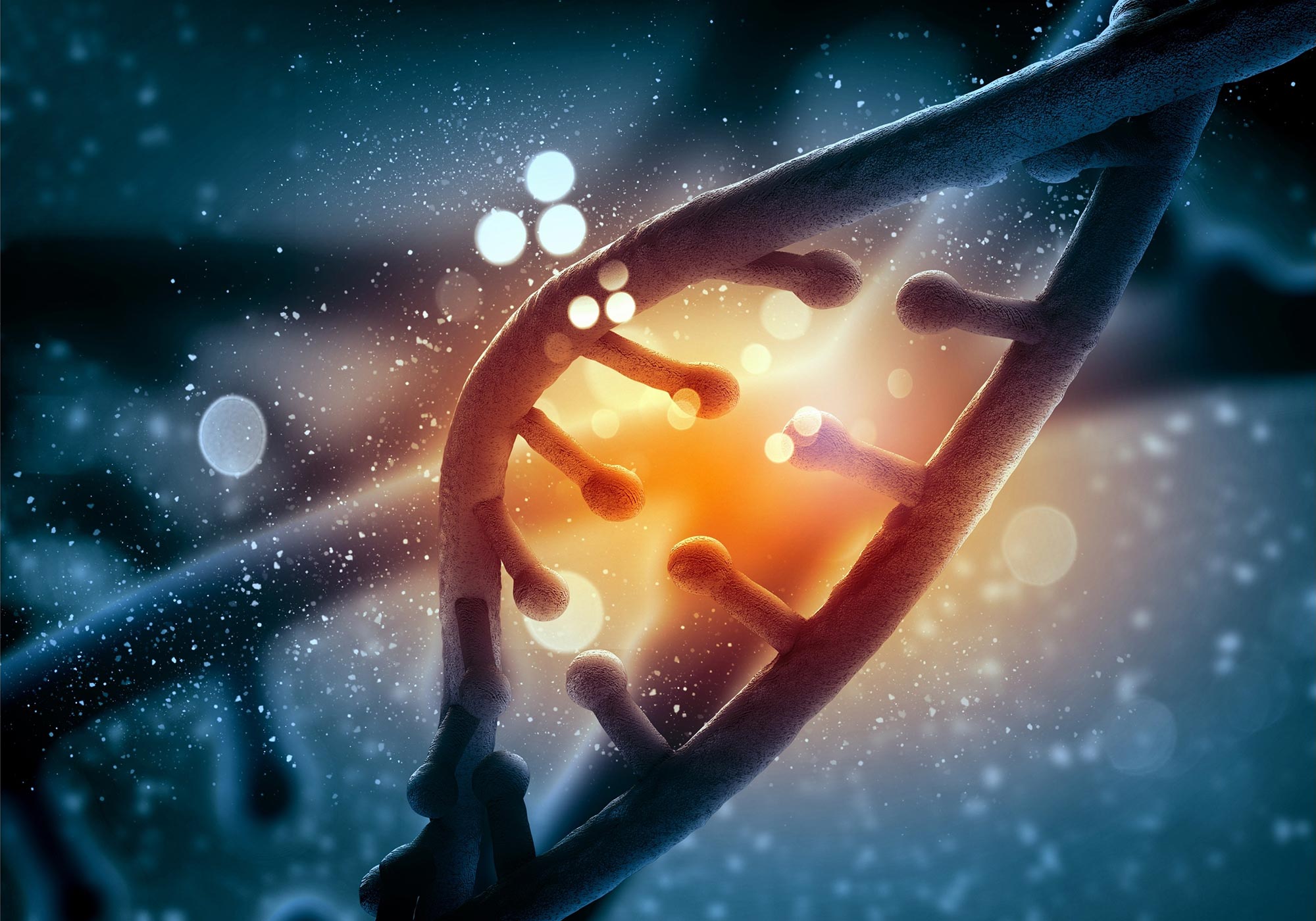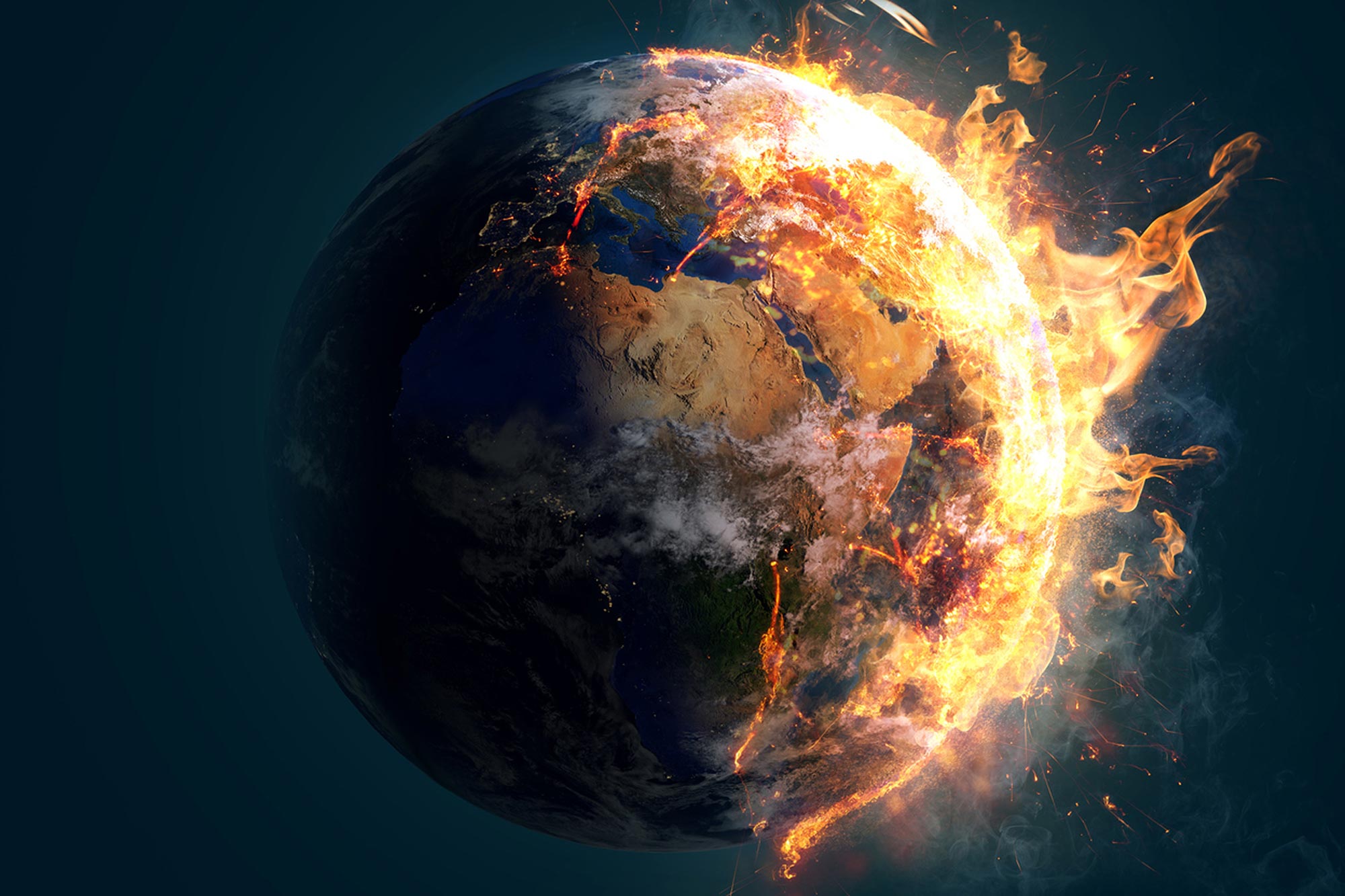
Une équipe internationale de scientifiques a découvert que des changements dans l’orbite terrestre favorisant des conditions plus chaudes pourraient avoir contribué à déclencher le réchauffement climatique rapide connu sous le nom de maximum thermique paléocène-éocène (PETM) il y a 56 millions d’années.
Une équipe internationale de scientifiques a suggéré que les changements dans l’orbite de la Terre qui ont conduit au réchauffement pourraient avoir joué un rôle dans le déclenchement du réchauffement climatique rapide qui s’est produit il y a 56 millions d’années. Cet événement, connu sous le nom de maximum thermique paléocène-éocène (PETM), est un analogue du changement climatique moderne.
a déclaré Lee Kump, professeur de géosciences à Université d’État de Penn. « Il y a eu beaucoup d’intérêt pour trouver une meilleure résolution de cette histoire, et notre travail aborde des questions importantes sur la cause de l’événement et le taux d’émissions de carbone. »
L’équipe de scientifiques a étudié des échantillons de carottes d’un enregistrement bien conservé du PETM près de la côte du Maryland en utilisant la tulipologie, une méthode de datation des couches sédimentaires basée sur des modèles orbitaux qui se produisent sur de longues périodes, connues sous le nom de cycles de Milankovitch.

Victoria Fortes (à droite), qui était étudiante diplômée à Penn State, et Jean Self Trail, géologue de recherche à l’USGS, travaillent sur un échantillon de carotte du site Howards Tract dans le Maryland. Crédit : Pennsylvanie
Ils ont découvert que la forme de l’orbite terrestre, ou l’excentricité, et l’oscillation dans sa rotation, ou sa magnitude, favorisaient les conditions plus chaudes au début de la période Betem, et que, ensemble, ces configurations orbitales peuvent avoir joué un rôle dans le déclenchement de la un événement.
« Le déclencheur tropical a peut-être déclenché la libération de carbone qui a provoqué plusieurs degrés de réchauffement pendant la période PETM plutôt que l’explication actuellement plus populaire selon laquelle les supervolcans ont libéré du carbone et déclenché l’événement », a déclaré Coombe, John Lyon, doyen de l’École des géosciences. .et minéraux.
Les résultats publiés dans la revue
“This study allows us to refine our carbon cycle models to better understand how the planet reacts to an injection of carbon over these timescales and to narrow down the possibilities for the source of the carbon that drove the PETM,” said Mingsong Li, assistant professor in the School of Earth and Space Sciences at Peking University and a former assistant research professor of geosciences at Penn State who is lead author on the study.
A 6,000-year onset, coupled with estimates that 10,000 gigatons of carbon were injected into the atmosphere as the greenhouse gases carbon dioxide or methane, indicates that about one and a half gigatons of carbon were released per year.
“Those rates are close to an order of magnitude slower than the rate of carbon emissions today, so that is cause for some concern,” Kump said. “We are now emitting carbon at a rate that’s 5 to 10 times higher than our estimates of emissions during this geological event that left an indelible imprint on the planet 56 million years ago.”
The scientists conducted a time series analysis of calcium content and magnetic susceptibility found in the cores, which are proxies for changes in orbital cycles, and used that information to estimate the pacing of the PETM.
Earth’s orbit varies in predictable, calculable ways due to gravitational interactions with the sun and other planets in the solar system. These changes impact how much sunlight reaches Earth and its geographic distribution and therefore influence the climate.
“The reason there’s an expression in the geologic record of these orbital changes is because they affect climate,” Kump said. “And that affects how productive marine and terrestrial organisms are, how much rainfall there is, how much erosion there is on the continents, and therefore how much sediment is carried into the ocean environment.”
Erosion from the paleo Potomac and Susquehanna rivers, which at the onset of the PETM may have rivaled the discharge of the Amazon River, carried sediments to the ocean where they were deposited on the continental shelf. This formation, called the Marlboro Clay, is now inland and offers one of the best-preserved examples of the PETM.
“We can develop histories by coring down through the layers of sediment and extracting specific cycles that are creating this story, just like you could extract each note from a song,” Kump said. “Of course, some of the records are distorted and there are gaps — but we can use the same types of statistical methods that are used in apps that can determine what song you are trying to sing. You can sing a song and if you forget half the words and skip a chorus, it will still be able to determine the song, and we can use that same approach to reconstruct these records.”
Reference: “Astrochronology of the Paleocene-Eocene Thermal Maximum on the Atlantic Coastal Plain” by Mingsong Li, Timothy J. Bralower, Lee R. Kump, Jean M. Self-Trail, James C. Zachos, William D. Rush and Marci M. Robinson, 24 September 2022, Nature Communications.
DOI: 10.1038/s41467-022-33390-x
The study was funded by the National Key R&D Program of China and the Heising-Simons Foundation.







More Stories
Quelle est la prochaine grande nouveauté en matière de perte de poids ?
Une nouvelle découverte pourrait réécrire les livres sur la génétique
Compenser le sommeil le week-end pourrait réduire d’un cinquième le risque de maladie cardiaque – étude | Maladie cardiaque